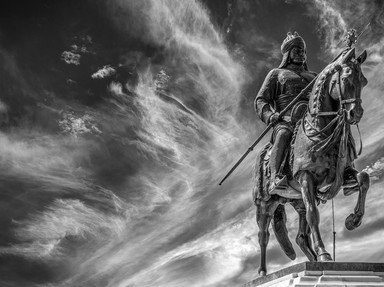Quiz Answer Key and Fun Facts
1. Who succeeded Nelson Mandela as President of South Africa?
2. Although use of the longbow in Europe dates back more than 10,000 years into the Paleolithic era, their historical significance is best remembered from the effectiveness of English and Welsh archers during the Hundred Years' War. From the wood of which tree, though, were British longbows traditionally made?
3. Famous for its diverse wildlife and amazing geothermal features, Yellowstone National Park is today one of the great tourist attractions in the USA. The world's first national park when it was established by the US Congress, which President signed the law creating the park?
4. Going to the theatre can be a dangerous thing to do, as the USA and President Lincoln discovered in 1865. The monarch of which European country had suffered a similar fate in the previous century, dying from his wounds two weeks after being shot in the back by Jacob Johan Anckarström whilst attending the opera in March 1792?
5. Back to the 20th century now: which British automobile was the first to sell over a million cars?
6. Temasek ("Sea Town" in Javanese) was the name of an early settlement on the site of which modern-day city?
7. Reigning from 1777 until 1816, Maria I was the first undisputed Queen regnant of which European country?
8. The Battle of Gettysburg begins (1863), Sir John A MacDonald becomes Canada's first Prime Minister (1867), and 19,000 British soldiers die on the first day of the Battle of the Somme (1916): on what date?
9. Naguib Mahfouz in 1988 became the only 20th-century winner of the Nobel Prize for Literature from which country?
10. Constantine XI was the last reigning Roman Emperor. He died unsuccessfully defending Constantinople from the invading Ottomans in which century?
Source: Author
EnglishJedi
This quiz was reviewed by FunTrivia editor
bloomsby before going online.
Any errors found in FunTrivia content are routinely corrected through our feedback system.

